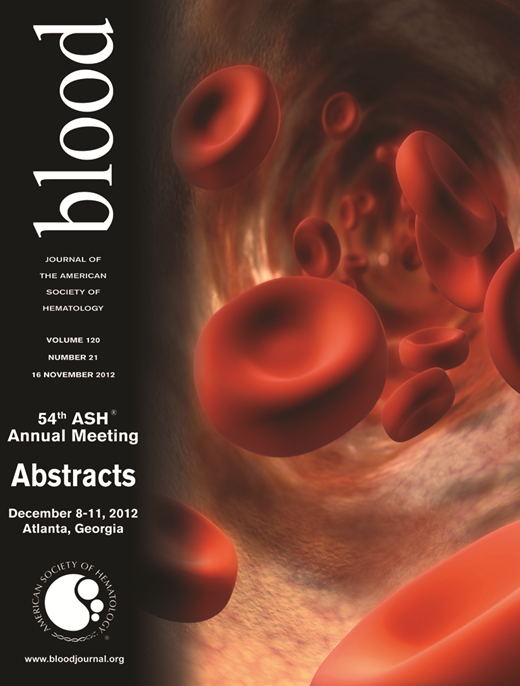Abstract
Abstract 2990
Transplantation of allogeneic hematopoietic progenitor cells (HPC) is an effective treatment for a variety of hematological diseases. Intravenous (IV) injection is the routine method for HPC transplantation, based on the concept of “homing” to the bone marrow. To date, intrabone (IB) HPC transplantation has largely been investigated in the preclinical setting with only limited application in humans. Furthermore, an optimized method for the direct IB infusion of HPC in humans which maximizes cellular retention in the bone has not yet been developed. In this study, we aimed to optimize the IB transplantation procedure using a large animal model with the goal of retaining HPCs within the pelvic bone and to explore the feasibility of radionuclide labeling to assess the trafficking of HPCs using PET/CT imaging early after IB transplantation.
HPC collection: a) Human HPCswere mobilized from healthy volunteers using G-CSF then were positively selected for CD34+ cells using immuno-magnetic beads (MiltenyiBiotec, MA) then were cryopreserved. b) Porcine bone marrow (BM) cells were aspirated (approximately 40 ml) from the iliac crest of swine then were filtered and mononuclear cells (MNCs) were isolated using Ficoll-Paque™ with density gradient separation. All animal procedures were conducted using domestic swine (Susscrofadomesticus) on NHLBI Animal Use Committee approved protocols. IB access in animals was initially achieved using the OnControl driver (Vidacare Corp. TX). To evaluate flow through the marrow and venous drainage, direct IB injection into the hemipelvis with iopamidol-370 contrast was performed under anesthesia with dynamic CT images acquired using a 320-detector row scanner (Aquilion One, Toshiba Medical, Japan). Human CD34+ and swine BM MNCs were labeled with Zirconium-89 (89Zr) then were assessed for viability, cell number, and the level of cellular radioactivity. Radiolabeled cells were then injected into pigs either IV or directly IB into the porcine pelvis at different infusion rates. Intramarrow(IM) pressures were measured continuously during IB injection using Millarcatheters and acquired simultaneously with intra-arterial pressure and electrocardiography on a PowerLab data acquisition system (ADInstruments, CO) and analyzed using LabChart 7. After injection of labeled cells, positron emission tomography (PET) images were acquired for up to 180 minutes with a clinical PET/CT system (Gemini TF, Philips Medical Systems, MA) to assess cellular distribution and homing.
Peak IM pressures during bolus hand IB injection were high, substantially exceeding systemic systolic arterial pressures. In contrast, IM pressures during slow IB infusion were significantly lower, remaining well below diastolic arterial pressures. During manual sequential hand IB injection of 5 ml aliquots of contrast at two different sites in the ipsilateral iliac crest, dynamic CT images revealed leakage from the initial access site after the first injection as well as immediate drainage into the ipsilateral iliac vein. Following manual hand injection of 89Zr labeled human CD34+ cells (89Zr-hCD34+) given IV in swine via the external jugular vein, there was persistent PET activity noted in the lungs for up to 3 hrs. Bolus hand IB injection of 89Zr labeled swine BM MNCs or 89Zr-hCD34+ cells revealed PET activity in the iliac bone as well as activity in the lungs. Furthermore, PET activity following bolus hand IB injection was also noted in surrounding tissues outside the bone when more than a single ipsilateral injection site was used. In contrast, slow infusion of 89Zr labeled swine BMMNCs or 89Zr-hCD34+cells resulted in PET activity that was limited to the iliac bone, indicating retention of cells within the marrow space with no leakage of cells to the lungs.
Rapid hand infusion of HPCs into the pelvic bone results in cellular leakage out of the marrow space into the lungs. In contrast, slow IB infusion of HPCs localizes cells to the bone marrow without leakage to the lungs. These data suggest maintaining low IM pressures may be critical to maximize cellular trapping in the marrow space following IB HPC transplantation in humans. Further study will be required to determine whether this optimized IB transplantation approach can be used to improve engraftment in recipients of transplants containing low HPC numbers.
No relevant conflicts of interest to declare.
Author notes
Asterisk with author names denotes non-ASH members.

